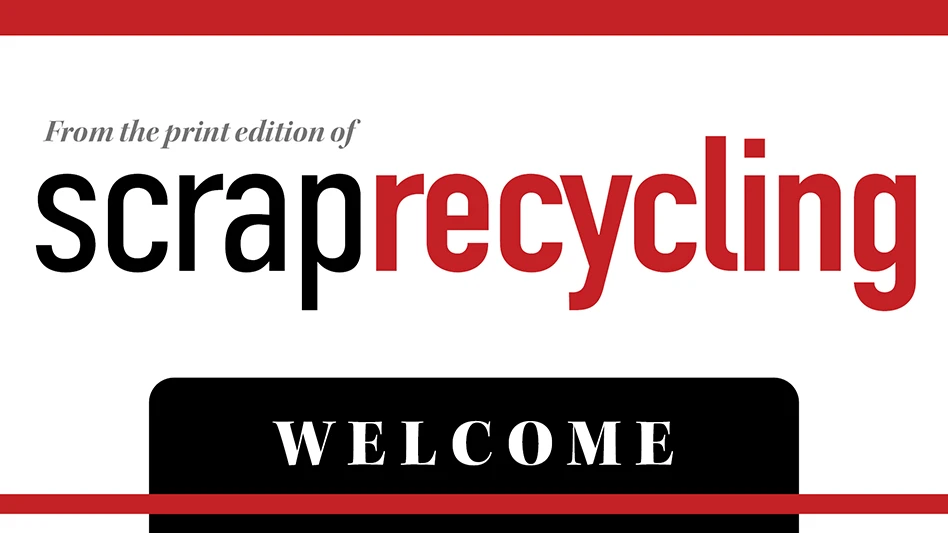
The second half of the year has been abuzz with merger and acquisition (M&A) activity among both recyclers and scrap consumers in the metals sector.
Economists and executives alike acknowledge M&A activity plays a valuable role in allowing capital to flow to efficient and growing companies, as well as providing an exit strategy for companies seeking one.
The Recycling Today Media Group for several years has organized a Corporate Growth Conference designed in part to bring together company owners and financiers who may be seeking to either buy or sell a waste- or recycling-related business.
Several hundred years of economic history also have shown that when M&A activity leads to industry consolidation that starts to look more like a monopoly or even a collaborative oligopoly, other business owners and customers may not end up winners.
As this publication goes to press, one of America’s two remaining blast furnace operators, United States Steel Corp., is being pursued for acquisition, including by the other such operator, Cleveland-Cliffs.
“An argument that market share and consolidation must be considered in a global context rather than a national one has been made in several industry sectors, with technology leading the way.”
The CEO of Cleveland-Cliffs, in announcing the bid, likely understood the consolidation scrutiny that would follow when he remarked the proposed combination would “create the only American member of the top 10 steel companies in the world” and that the merger may be “critical for our country to retain its economic leadership and to regain its manufacturing independence.”
An argument that market share and consolidation must be considered in a global context rather than a national one has been made in several industry sectors, with technology leading the way, followed by consumer goods, online retailing and others.
Whether most people are satisfied with the global versus national (or regional) argument is unclear, as it can be a difficult matter to gauge with household or small business surveys.
What is perhaps clearer is that such thinking has led to the creation of “national champions” in numerous industries around the world. Such companies may flourish at times, but also run risks that include monopolistic pricing and behavior, management inertia or even becoming a “too-big-to-fail” problem for taxpayers.
Should U.S. Steel end up part of another company’s portfolio, one can certainly argue the steel industry in North America remains a very long way from consolidated. At the same time, in an economic system where competition is hailed as a virtue, pausing to consider how much consolidation is too much could be in the offing.

Explore the Fall 2023 Scrap Recycling Issue
Check out more from this issue and find your next story to read.
Latest from Recycling Today
- AF&PA report shows decrease in packaging paper shipments
- GreenMantra names new CEO
- Agilyx says Styrenyx technology reduces carbon footprint in styrene production
- SABIC’s Trucircle PE used for greenhouse roofing
- Hydro to add wire rod casthouse in Norway
- Hindalco to invest in copper, aluminum business in India
- Recycled steel price crosses $500 per ton threshold
- Smithers report looks at PCR plastic’s near-term prospects





